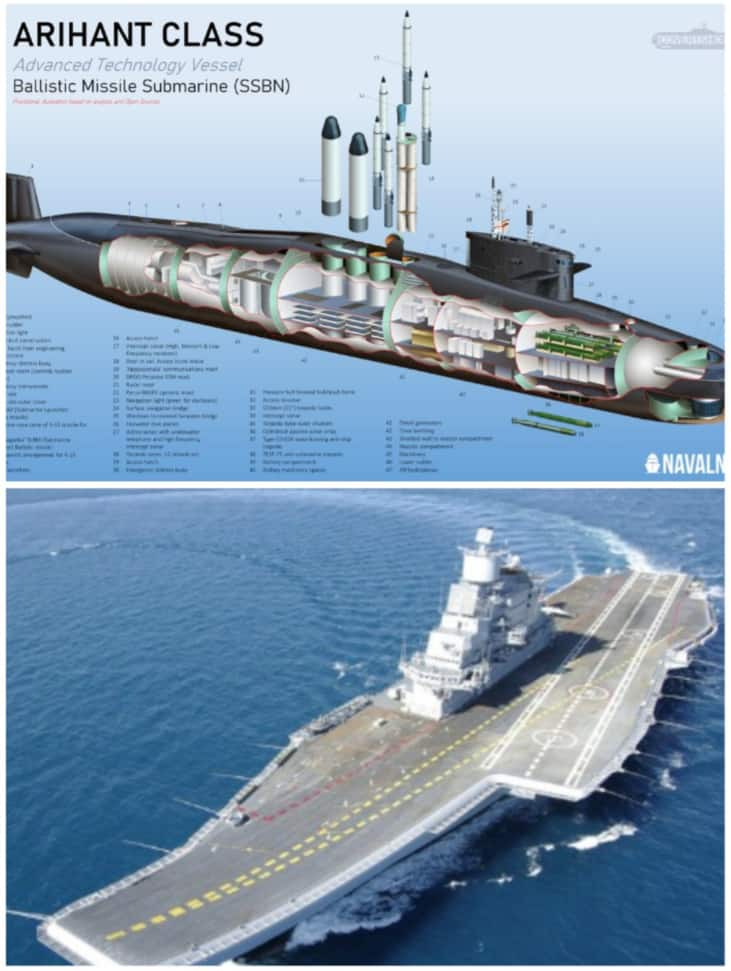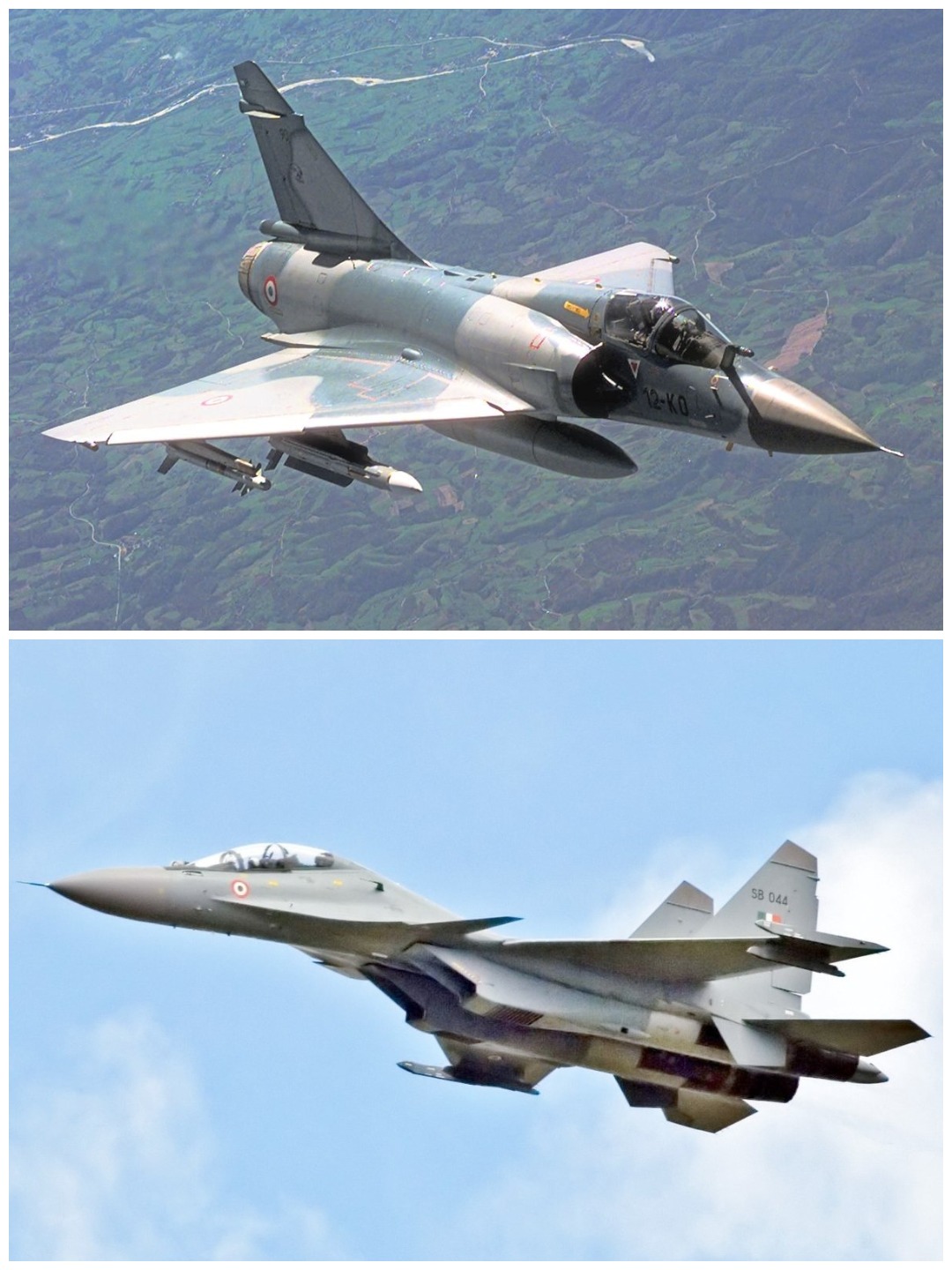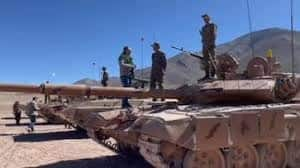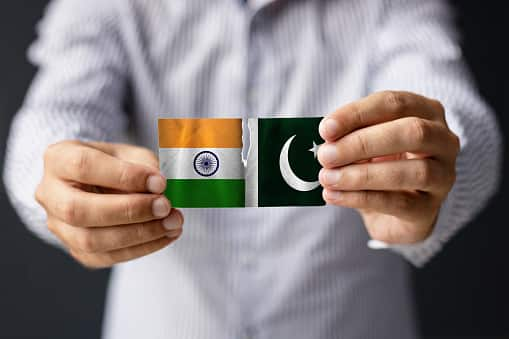India's military capabilities across naval, air, land, and strategic domains outpace Pakistan's, creating a stark regional imbalance. Pakistan’s limited resources and reliance on China restrict its modernization, demanding cautious diplomacy.
New Delhi: As geopolitical tensions escalate between nuclear-armed neighbours – India and Pakistan, comprehending their comparative military capabilities becomes paramount.
India's accelerating defence modernization drive underscores stark asymmetries that Pakistan must reckon with strategically. Here is an in-depth analysis – outlining why Pakistan has substantial reasons to be wary of India's formidable military might.

India has firmly established maritime dominance with induction of two operational aircraft carriers – Russian-origin INS Vikramaditya and the indigenously built INS Vikrant.
As of now, Pakistan has not a single aircraft carrier, significantly restricting its maritime operational scope and strategic naval reach.
India's submarine fleet currently numbers around 18 operational vessels, including nuclear-powered Arihant-class ballistic missile submarines, complemented by three ballistic missile submarines for a strategic nuclear deterrent, highlighting a capability Pakistan entirely lacks.
Pakistan’s submarine force comprises 5 operational submarines, primarily the Agosta-90B class, with two newly delivered Hangor-class submarines from China. Operational availability is constrained, with only two currently seaworthy.
India maintains a significant naval advantage with a fleet of approximately 150 vessels, highlighting its maritime capabilities.
This includes 13 advanced guided-missile destroyers, notably the Visakhapatnam-class equipped with BrahMos cruise missiles, and 14 frigates, including the newly commissioned stealth frigate INS Nilgiri of the Nilgiri-class (Project 17A).
This significantly surpasses Pakistan's fleet of 9 frigates and no operational destroyers.
Pakistan’s naval assets include four Chinese-built Tughril-class frigates, supported by older platforms, reflecting a significant disparity in technological sophistication.

India's total military aircraft count stands at 2,200 across all service branches. The Indian Air Force (IAF) fleet includes advanced fighters like the Sukhoi Su-30MKI, Rafale, and upgraded Mirage 2000 jets. India also fields sophisticated attack helicopters, notably the Apache AH-64E and light combat helicopters – LCH Prachand.
Pakistan’s air capabilities field roughly 1,400 aircraft, including advanced J-10 fighters, JF-17 Thunder jets, and upgraded F-16 fighters equipped with AMRAAM missiles.
Its attack helicopter inventory comprises legacy AH-1 Cobra helicopters and few newer Chinese variants.

India’s land warfare capabilities feature about 4,201 main battle tanks (MBTs), notably the T-90 Bhishma. Pakistan fields around 2,627 tanks, predominantly the Chinese-origin VT-4 Haider variants.
Artillery remains crucial in India's ground force modernization. India has deployed advanced howitzers, including indigenous platforms and modernised artillery systems.
These systems are – K-9 Vajra, a self-propelled howitzer, the M777 Ultra-Light Howitzers, Pinaka rockets with extended range of 72-km.
Pakistan recently inducted Chinese-made SH-15 155mm self-propelled howitzers, boosting its artillery mobility.

India’s missile arsenal includes advanced systems such as the nuclear-capable Agni missiles and the supersonic BrahMos cruise missile.
Pakistan’s missile capabilities are comparatively limited and reliant on Chinese technology, lacking equivalent sophistication and proven effectiveness.

India’s robust economy supports an expansive defence budget, significantly surpassing Pakistan's more limited resources. This severely constrains Pakistan's capacity for comparable military modernisation, thus widening the capability gap.
India’s comprehensive military advantage across naval, aerial, terrestrial, and strategic domains creates a decisive regional imbalance.
Pakistan faces substantial strategic limitations with limited resources and heavy dependence on external partnerships, particularly with China.
Consequently, this imbalance necessitates that Pakistan emphasise diplomatic engagement and careful management of tensions, navigating cautiously within a rapidly evolving and militarily skewed regional landscape.
You may also like

JD Vance faces backlash as he says he's fine with the AI photo of Donald Trump as Pope

Prince William has 'no incentive' to speak to brother Harry after his BBC outburst

Missile attack on Tel Aviv airport: Air India flight safely diverts to Abu Dhabi

IPL 2025: Fiery Knocks From Russell, Raghuvanshi Power KKR To 206/4 Against RR

Chhattisgarh rural officials' delegation meets CM Bhupendra Patel in Gandhinagar







